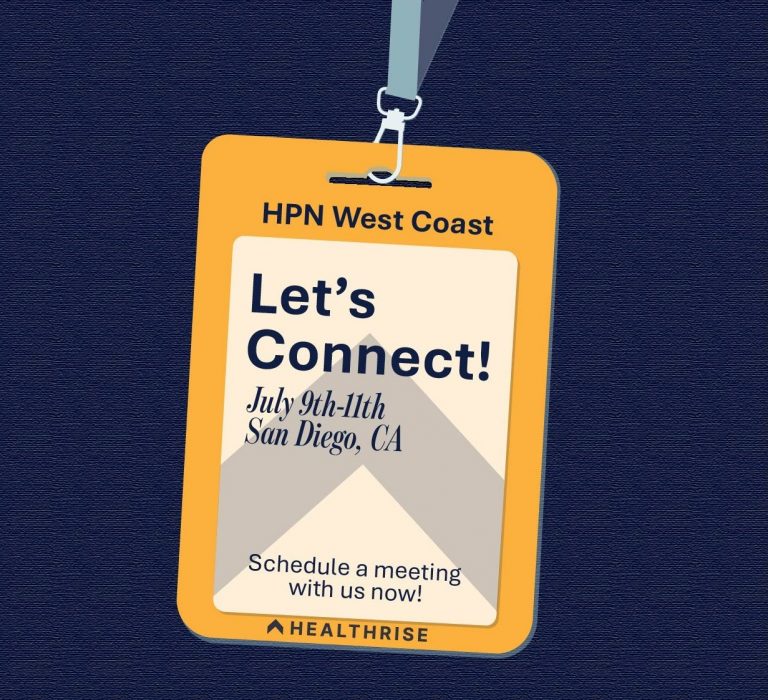

By: Gina Stinson, Senior Director, Revenue Cycle
Want to take your denial analytics to the next level? You can by incorporating select data elements into the mix. What are these elements, and why are they recommended? Let’s dive in and learn more.
1 – Group Number
The group number is a systematic differentiator – it identifies employer groups and others who have purchased a health insurance policy. Think of the group number as an umbrella, and under that umbrella are all the applicable subscribers/insured persons covered by the group policy. Incorporating the group number into your denial analytics enables providers to more quickly find and segment subsets of their denial data that are alike, enabling bulk processing whether that process is an appeal, a denial adjustment, a contractual adjustment, or underpayment. Ideally, a provider should use the group number to create “if-then” workflows for more efficient claim resolution handling. If a provider uses the group number for bulk appeals, the provider should incorporate the next data element into the mix – the patient’s insurance identification number.
2 – Insurance ID number
Ask anyone in the healthcare revenue cycle who has ever talked to a claim payor. They will tell you the insurance ID number is one of those required data elements needed to obtain more information from payors, especially in the absence of a claim ID for a claim resolution. This information is especially important if a provider will use group ID for appeal segmentation and submission purposes.
3 – RARC Code
The RARC or Remittance Advice Remark Code is a supporting code applied during claim adjudication to clarify or supplement the applied Claim Adjustment Reason Codes (aka CARC code used on a remit to show why a claim – in whole or part – was not paid as billed). The RARC code enables more granular denial causation offering greater clarity into opportunities for denial prevention/mitigation upstream. For example, a payor is found to routinely deny claims for group number 123456 by applying CARC code 96 (non-covered charges) due to RARC code M82 (service not covered when the patient is under age 50) for Bone Density tests. Armed with this data, the denial analytics team or designee would have the trended data necessary to see this is an issue and educate front-revenue cycle operators/leaders that patients covered under group 123456 who are scheduled for Bone Density test must be over age 50 for the service to be covered by payor ABC. This same data could be used to optimize workstreams by firing a rule or other indicator at the time of scheduling, pre-registration, price-estimation, or registration (as the case may be) for Bone Density scheduled patients for payor ABC and group ID 123456.
4 – Initial or Subsequent Denial
Identifying if the denial is an initial denial (the first denial received from the payor for the claim) or a subsequent denial enables providers to identify where opportunities for denial prevention and mitigation reside. Initial denials speak to those upstream process failures occurring in the front or middle space of the revenue cycle. Subsequent denials speak to the effectiveness of denial recovery efforts. By segmenting data between these two variables, providers can better discern how effective their upstream or downstream processes are and where the most excellent opportunity for improvement exists.
5 – Scheduled or Unscheduled AND Routine vs. Urgent/Stat
For claim appeal and trending purposes, it is advantageous to identify if a denied account originated as a scheduled or unscheduled encounter and if the encounter was routine or urgent/stat. This data helps providers bulk claims for appeal purposes and ordering provider practice patterns.
6 – Emergency Encounter
Identifying an account originating in the emergency room helps better manage and route claims for follow-up and bulk-appeal processing. It also helps to identify those payors enforcing overutilization of the emergency room by shifting the liability of urgent vs. ER level of services to patients.
7 – Account Balance
Say what? You would be surprised at the number of providers who overlook incorporating this essential data into their denial analytics. This element is essential because the denial mapping may have a CARC mapped in error. For example, group number 123456 is tied to a capitation plan, CARC code 24 (charges are covered under capitation) is applied, and the account balance is zero due to the contract modeling system having appropriately adjusted the account. Depending on the provider’s patient accounting system, the account could be mapped as a denial. Still, it should not be, and it is plausible that the provider could be creating extra work due to a simple systematic oversight.
While a multitude of other data elements should be included in a provider’s denial analytics data set, the items contained herein speak to those first six items typically not found that could create increased workflow efficiency and drive denial prevention. The latter, item 7, is a common data element that is sometimes overlooked.
Contact Healthrise for a free consultation to help you process your data more effectively.



